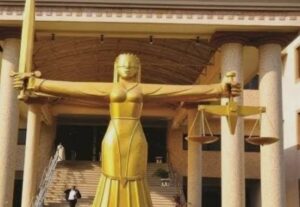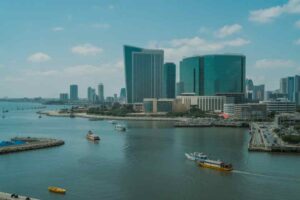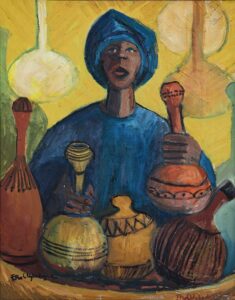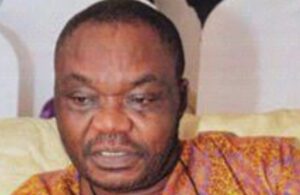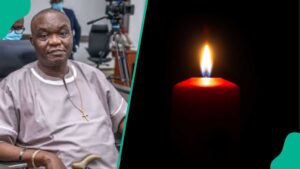The Past, Present, and Future of Benin Arts and Tourism Gains
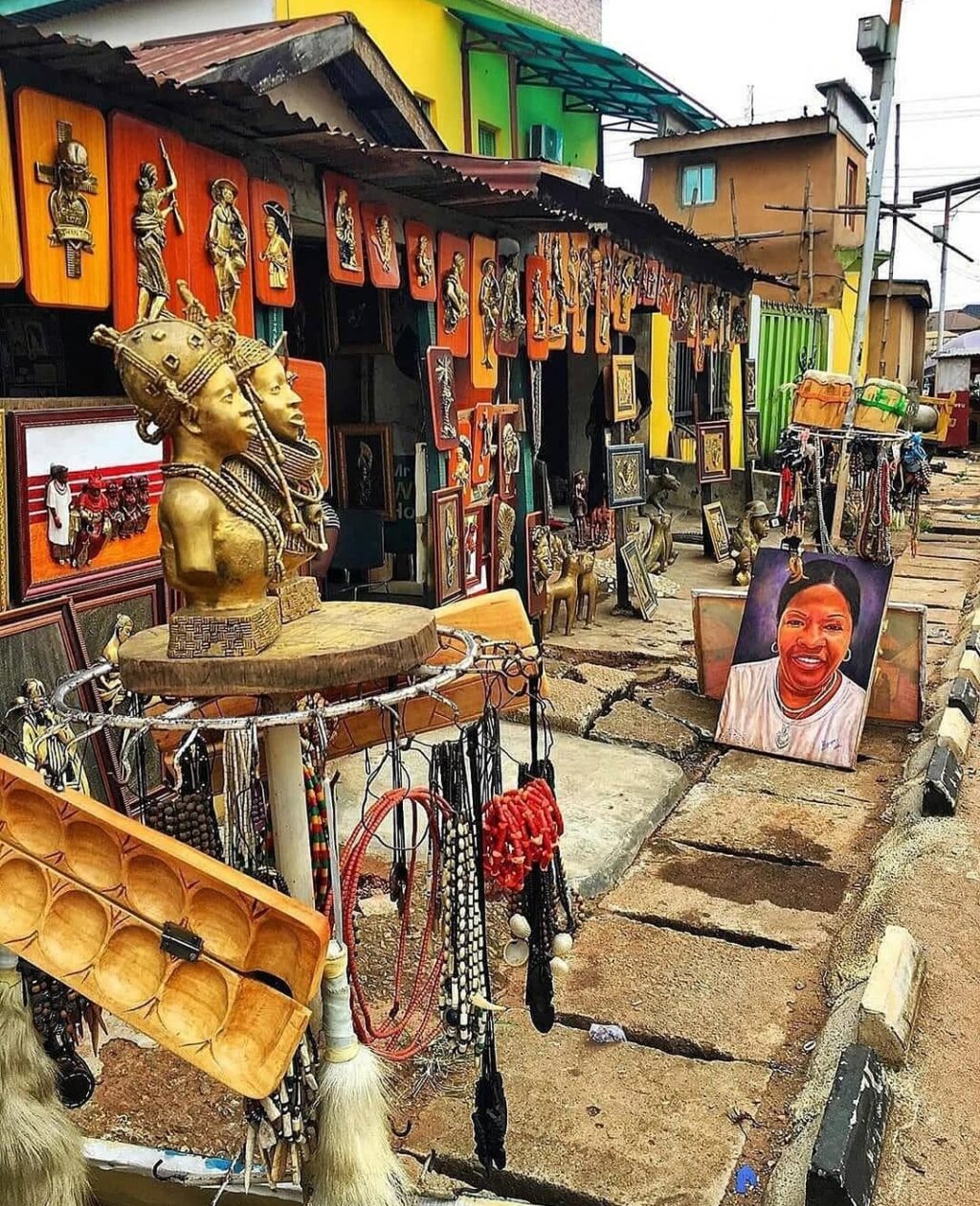
A Scene of Igun Arts Shop
By Orobosa Omo-Ojo JP, Leeds Beckett University Commonwealth Scholar on Responsible Tourism Management; Founder (Tribal Heritage Centre); Founder, (Museum House); former Special Adviser on Arts, Culture and Tourism to Edo State Governor, and Midwest Herald Publisher.
Benin City, the ancient capital of the once-powerful Benin Kingdom, remains one of Africa’s enduring centers of creativity and cultural pride.
Benin Heritage is wealth. Benin Art is Benin’s bridge to the world.
Benin arts—intricate Bronzes, Ivories, Coral Bead Regalia, and Wood Carvings — tells stories of kingship, spirituality, and innovation that date back over six centuries.
Today, as Nigeria and the world rediscover the value of heritage and cultural tourism, Benin art is again at the heart of a new narrative — one that merges legacy with economic opportunity.
Echoes of a Glorious Past:
Long before the modern art market or global museums existed, Benin’s craftsmen had already achieved mastery in bronze casting using the ancient lost-wax technique. These artisans, organized into royal guilds, produced artworks that celebrated the Oba (King) and chronicled the life of the kingdom.
Each piece — from commemorative heads to palace plaques — held spiritual meaning and served as a visual archive of history. Between the 15th and 17th centuries, Benin art reached its zenith, admired by early European visitors for its sophistication and symbolism.
That golden era came to a tragic halt in 1897 when British troops invaded Benin City, deposed the Oba, and looted thousands of priceless artifacts.
These “Benin Bronzes” were dispersed across museums and private collections in Europe and America. While they brought global fame to Benin’s artistry, they also symbolized colonial injustice and cultural displacement.
Resurgence in the Present:
In recent years, the narrative has begun to change. Across Europe and North America, leading museums have agreed to return Benin bronzes to Nigeria, marking a turning point in global heritage restitution.
This welcome ‘gift’ provides rare opportunity to build tourism assets—museums, hotels, home-stay, night clubs, tour guides and other local initiatives signals a cultural rebirth.
The declaration of this year’s Yuletide as Detty December by the Federal Government should draw artists, collectors, and tourists to experience the continuity between traditional and contemporary creativity.
Igun Street — home to the ancient bronze-casting guild — still resonates with the clang of hammers and molten metal. Young apprentices are learning from their elders, ensuring that techniques passed down through centuries remain alive. This ‘eye-witness’ experience can attract heritage scholars to experience the skill that has remained a myth for thousands of years.
Contemporary Benin artists, too, who are reinterpreting ancestral motifs in new media, linking history to modern expression should have the opportunity to acculturize visitors.
This revival is not only cultural — it is economic. Art exhibitions, heritage tours, and craft markets are creating jobs in anticipation of visitors upsurge.
Hotels, transport operators, and local vendors are beginning to benefit from a growing cultural tourism economy centered around Benin’s heritage.
Tourism Gains and Economic Promise:
Benin City’s art and heritage now stand as pillars of Nigeria’s emerging cultural tourism sector. The repatriation of artworks, ongoing exhibitions, and increasing local and international media attention are strengthening Benin’s position as a must-visit destination for history and art lovers.
Experts say that if properly developed, the art and tourism sector could become a major source of employment and foreign exchange for Edo State and Nigeria. Heritage tourism — which includes museum visits, art fairs, and palace tours, attracts both local and international visitors.
From the traditional homes to Igun guild workshops and contemporary galleries, Benin City offers a cultural circuit unlike any other in West Africa.
Challenges and the Road Ahead:
Yet, challenges remain. Infrastructure deficits, insecurity, poor public transportation, limited international flight connections, and inadequate visitor facilities still hinder the full realization of Benin’s tourism potential.
Disputes over ownership of tourism assets in destinations and custodianship also pose governance questions that must be resolved with transparency and respect for tradition.
For Benin to thrive as a global cultural hub, experts recommend a coordinated plan involving the Edo State Government, the traditional institutions, private investors, and international partners.
Investment in modern museum facilities, training for conservators, and digital promotion of Benin’s heritage is the live wire to achieving this dream.
A Future Anchored in Heritage:
Looking ahead, the future of Benin art lies not just in its glorious past, but in how it can inspire innovation, education, and sustainable development.
Plans for integrated cultural tourism — linking Igun Street and art galleries — could create a vibrant visitor circuit. Digital archives and virtual museum tours can open Benin’s treasures to a global audience. And this is capable of refocusing the energy of Benin youths to engage their creative entrepreneurship. Art can become their heritage and livelihood.
Conclusion:
The story of Benin art is one of resilience — a journey from royal courts to colonial plunder, from loss to restitution, and now toward renewal.
As the world watches the return of the bronzes, Benin stands ready to turn history into heritage and heritage into prosperity.
In every bronze cast, every festival, and every visitor drawn to its streets, Benin City continues to prove that its art is more than ornament — it is identity, memory, and promise.
Read Also: Okpebholo Restores Full Statutory Rights to Oba of Benin, Distances Govt from MOWAA


